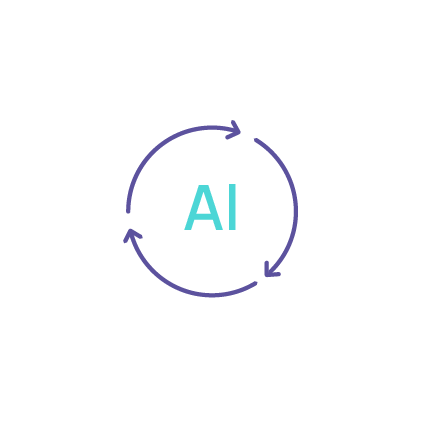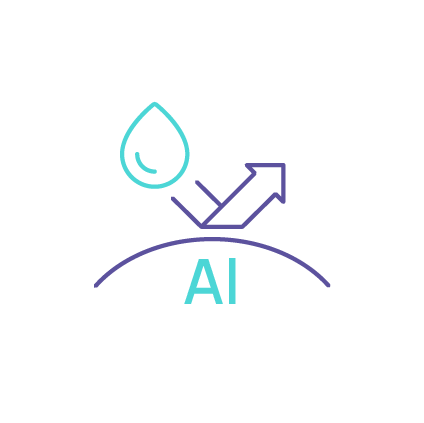Aluminium's unique benefits

Recyclability
Aluminium can be recycled endlessly with no downgrading of quality, making aluminium a material with permanent properties. Furthermore, the aluminium recycling process requires only about 5% of the energy used to produce primary aluminium - a significant CO2-saving benefit.

Lightness
Aluminium is a very light material, with one-third the density of steel. Despite its lightness, it is an extremely strong metal that can provide the same strength relative to weight ratio as advanced steel and titanium.

High conductivity
Aluminium is a great conductor for heat and electricity, enabling energy-efficient systems for electricity transmission.

Corrosion-resistant & highly durable
Aluminium develops a natural oxide layer, protecting it against corrosion and making it virtually maintenance-free. That’s key for both products with very long lifetimes or applications exposed to extreme conditions, such as airplanes!

Easy to work with
Aluminium is easy to form, join and work with, thanks to its ductility, low melting points, and lightness. It’s basically suitable for any application, in any form.

Impermeability
Aluminium is an excellent barrier against light, odour, and contamination, making it a perfect packaging material.